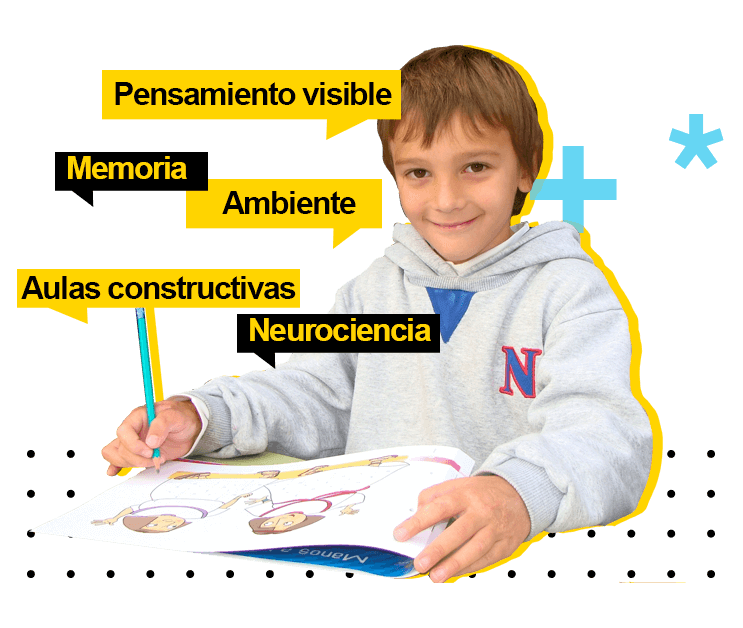Visible thinking
A recognition of the abilities of the mind.
Neuroscience can offer scientific information about how the brain learns new information and how it processes it during different life stages. In view of new knowledge about the brain mechanisms operating in learning and memory, and the genetic, environment, emotion and age effects on learning, it is necessary to transform the education strategies and to design learning enhancing activities.
Thinking is basically invisible, but if we create an open disposition to think, recognize mind skills, use adequate language and register the learning processes, we can get deep insights, question evidence and go beyond the obvious, and we can show ourselves and others our thoughts.

“Thinking is basically invisible […]. In most cases, thinking stays below the hood, in our wonderful mind engine. […]. Fortunately, neither thinking nor opportunities to think should necessarily be as invisible as they frequently are. As educators, we can work to make thinking much more visible than it generally is in the classroom. When we do it, we offer students more chances to build and learn.”
Making thinking visible consists of becoming aware of the different thinking movements we perform by means of routines aimed at developing understanding. The thinking routines are simple thinking patterns that can be used once and again until they become a habit. Some of the thinking routines we use in the classrooms.
